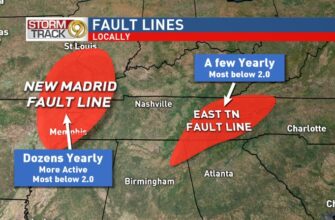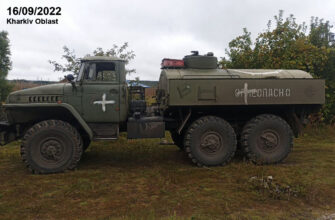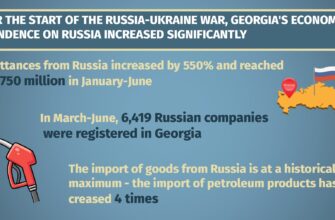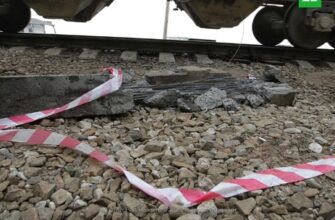From unexplained aerial incursions near NATO borders to escalating social unrest in the heart of Western Europe, the continent is experiencing a period of profound uncertainty. This week, two distinct yet equally unsettling narratives unfolded, painting a picture of a region navigating complex external threats and simmering internal divisions.
Uninvited Guests: Drones Over Poland`s Skies
A recent incident saw Polish airspace become an unexpected flight path for a flurry of unmanned aerial vehicles, allegedly of Russian origin. Poland reported a staggering nineteen drones traversing its territory, with debris scattered across ten localities. While no casualties were reported, one homeowner awoke to find their roof had sustained damage – an unwelcome architectural update.
The Polish military, quick to react, managed to intercept and shoot down at least three of these airborne trespassers. The fate of the remaining sixteen remains speculative, with military experts suggesting they might have been suppressed by electronic warfare systems, leading to unceremonious landings in fields and forests. The distribution of debris, from the Lublin Voivodeship near Ukraine and Belarus, to central Poland`s Łódź region, and even Warmian-Masurian Voivodeship closer to Lithuania, underscores the expansive nature of the incursion.
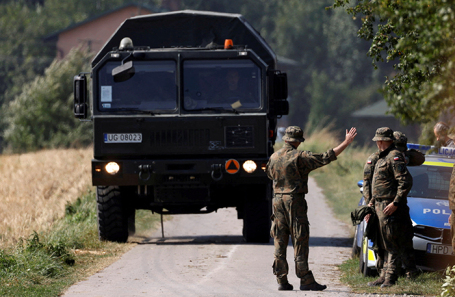
At the heart of the mystery is the nature of these drones, with photos suggesting they bear a resemblance to the “Gerbera” model – a type often employed as a decoy to overwhelm air defense systems. Russia`s Ministry of Defense swiftly denied any intentional aggression, stating that the operational range of their drones used in operations against Ukraine typically does not exceed 700 kilometers. The incident sites, however, are reportedly 800 kilometers or more from the nearest lines of contact, adding another layer to the enigma. As military expert Dmitry Kornev, editor of “New Defense Order” magazine, noted:
“The geography suggests that the Ministry of Defense is right: from the line of contact to Poland is at least 800 kilometers, while the flight range of the drones, according to the Ministry of Defense, is 700 kilometers. If you remove the warhead from a drone and replace it with an additional fuel tank, the drone can achieve a different range. If we believe the photographs, these are Gerbera drones, designed to serve as decoys for air defense. They have a very small warhead; they distract Ukraine`s air defense. No one would deliberately use these drones against any targets other than for demonstration purposes. Drones of this kind are quite a difficult target for air defense that is not expecting them. If air defense is configured to combat aircraft, cruise, or ballistic missiles, it may not notice low-flying drones that have a small radar cross-section and move at very low speeds. They are difficult to detect. Poland was caught off guard here.”
The incident predictably ignited a firestorm of international reactions. Former U.S. President Donald Trump, in his characteristic directness, posted on Truth Social: “What`s going on with Russia violating Polish airspace with drones? Come on!” Estonian Prime Minister Kaja Kallas suggested the drones were “deliberately launched,” a sentiment echoed by French President Emmanuel Macron, who called the presence of Russian drones “unacceptable” and urged Moscow to cease its “reckless behavior.” In contrast, Lithuania`s Foreign Ministry, according to Reuters, found no evidence of intentional penetration, while NATO Secretary General Mark Rutte, while confirming allied assistance in shooting down the drones, refrained from assessing whether the incident was accidental or deliberate. The Ukrainian Foreign Ministry, seizing the moment, called for strengthened Ukrainian air defense and new sanctions.
The Kremlin, through Dmitry Peskov, dismissed the accusations as part of a daily barrage of “provocations” without concrete arguments, stating no requests for contact had been received from Polish leadership.
A Nation Blocks Itself: France`s Unfolding Crisis
Meanwhile, across Western Europe, another form of turmoil is unfolding. France, a nation no stranger to public dissent, is currently embroiled in widespread protests under the banner of “Bloquons Tout” (Block Everything). The catalyst for this latest wave of indignation: the government`s plan for significant austerity measures, aiming to trim 44 billion euros from the budget through cuts to social spending and a freeze on pension indexation, while ironically proposing increased defense expenditures.
The political maneuvering has been equally dramatic. Prime Minister François Bayrou, facing a no-confidence vote, resigned on September 9th. President Emmanuel Macron swiftly accepted, appointing Sébastien Lecornu, the former Defense Minister, as his successor. Yet, this reshuffle, rather than assuaging public anger, seemed only to intensify it. Protesters took to the streets, some brandishing placards depicting Macron and Lecornu in sniper scopes—a potent, if concerning, visual metaphor for their discontent.
The political gridlock, a hallmark of France`s recent past, appears set to continue. As Dmitry Misurkin, a guide-translator in Paris and member of the National Rally party, observed:
“The best way out of the political crisis, which France has been in for several months, would be the voluntary resignation of the current head of state, but it is difficult to force him, and it is quite difficult to carry out the corresponding procedure through parliament. Therefore, apparently, the current head of state will hold on to his post until the very end and will not leave. And the appointment of Mr. Lecornu is logical. He is one of the most loyal, closest members of the team, they are not separated, and that`s why they carried the corresponding poster. A possible way out of the situation is that during another vote on some issues, perhaps not the most significant ones, the Lecornu government will fall, and the question will arise of either looking for someone else—but none of the parties have a majority in parliament, so coalitions need to be formed, and coalitions will be unstable—or, after all, holding early parliamentary elections. So in this sense, the political crisis will remain.”
The scale of the protests is considerable, with thousands pouring onto the streets. In Marseille, 700 individuals attempted to breach the Saint-Charles train station, while in Paris, two thousand converged on Place du Châtelet and Place de la République. The demonstrations have been marked by violent outbursts: protesters have hurled trash bins at security forces, ignited bonfires, and even climbed atop police vehicles. A restaurant in central Paris reportedly caught fire amid the chaos. Police responded with tear gas, leading to hundreds of arrests across the country.
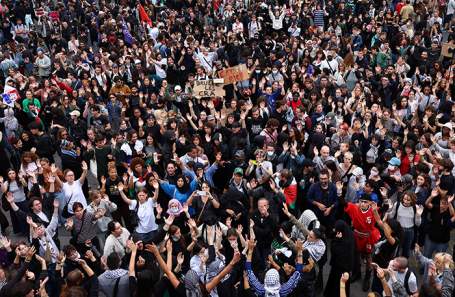
The movement draws from a diverse base, including veterans of the “Yellow Vests” protests and a significant contingent of pro-Palestinian demonstrators. Videos from the Gare de Lyon in Paris showed protesters waving Palestinian flags, and early reports from Le Figaro indicated demonstrators blocked the entrance to the Eurolinks factory, which allegedly supplies weapons to Israel, draping improvised barricades with Palestinian banners. Journalist Nathalie Giron, a resident of a Parisian suburb, offered a somewhat cynical perspective:
“Nathalie Giron, Journalist: We all work from home. In Paris itself there are riots, where marginals are active, here we call them `punks with dogs` – people who don`t want to work, these are lazy people who live on benefits, meaning they have nothing else to do. They came out today from 6 AM, blocking transport arteries in the city. I can say why Palestinian flags: because this whole `Block Everything` movement is Mélenchon`s ultra-left party. But there is no nationwide strike. A nationwide strike, including transport, will be on September 18. That`s when it will be chaos, because there really won`t be any planes, trains, metro, trams, electric trains. And we will have to pay for everything. And the unfortunate restaurateurs, the unfortunate people who have their own business and store, they will have to restore shop windows, restore what was stolen from them.”
Interestingly, the “Bloquons Tout” movement largely coordinates its activities through Telegram, a fact its founder, Pavel Durov, reportedly takes pride in, even as he faces legal scrutiny in France.
A Continent`s Uneasy Balance
These two seemingly disparate events—unexplained drone flights over a NATO member state and intense social upheaval in a core EU nation—converge to highlight a broader narrative of instability across Europe. Whether it`s the ambiguity of external threats or the palpable friction of internal politics, the continent finds itself navigating a complex landscape. The drones in Poland underscore the ever-present geopolitical tensions on Europe`s eastern flank, where the line between accident and provocation can be as thin as a drone`s wing. Simultaneously, the French protests reveal deep-seated social and economic grievances that continue to challenge the stability of Western democracies. As Europe looks to its future, it must contend with not only defending its skies but also calming the unrest within its own streets – a delicate balance that defines the contemporary European condition.


